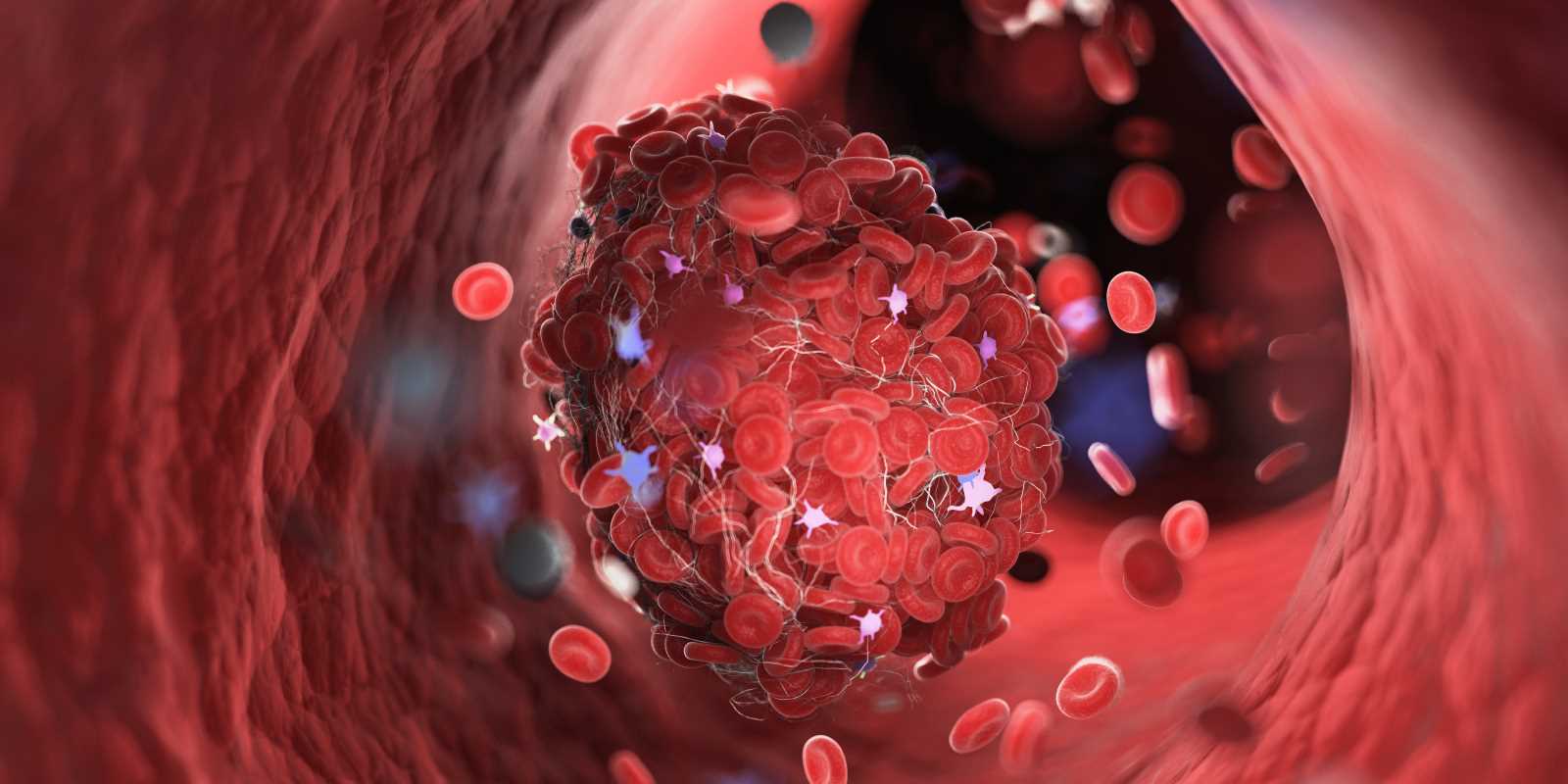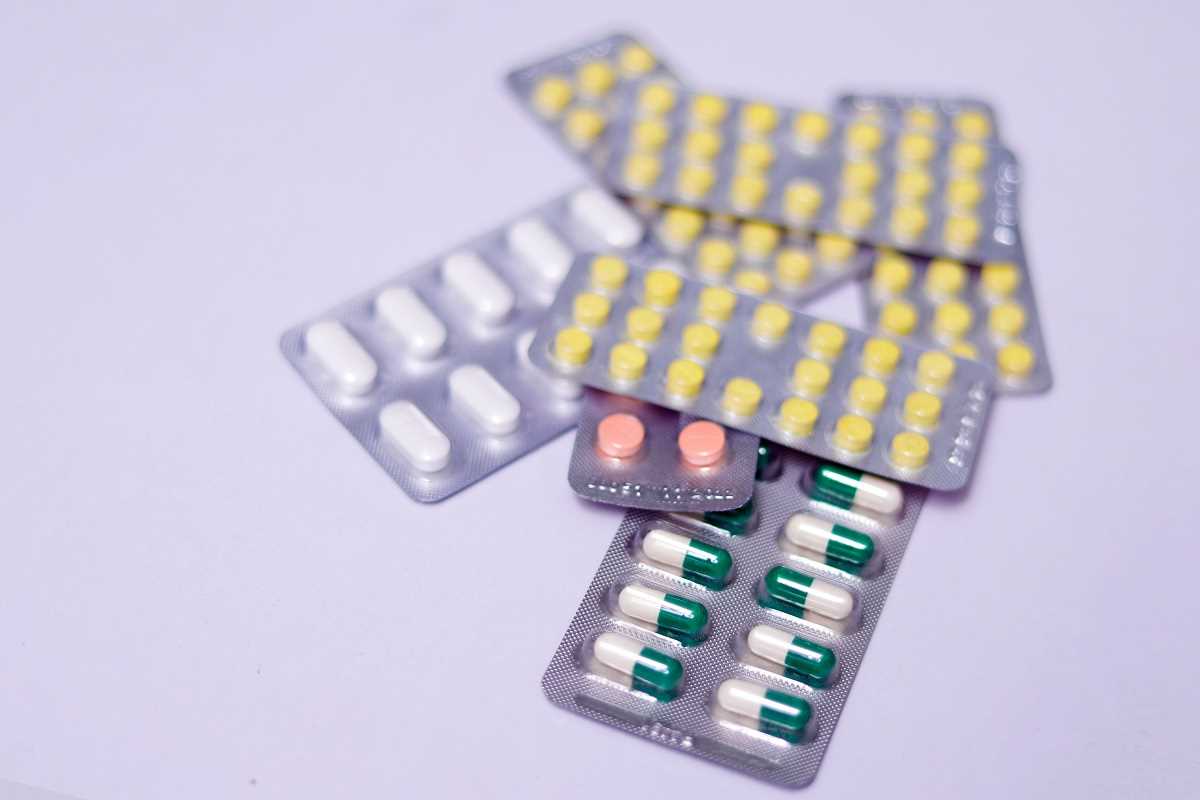Feeling more tired than usual? Noticing your energy levels and drive aren't what they used to be? It's easy to chalk these changes up to getting older, but sometimes there’s more to the story. For many men in their 40s and 50s, these feelings can be signs of low testosterone, a common condition that can quietly impact your quality of life.
The great news is that you don’t have to just accept these changes as the new normal. Modern medicine offers fantastic, reliable solutions to help you reclaim your energy and feel more like yourself again. Let's dive into the world of low-testosterone medications and discover how they can help you get back to living life to the fullest.
What is Low Testosterone, Really?
Testosterone is the primary male hormone, and it does a lot more than you might think. It’s a key player in everything from muscle mass and bone density to mood, energy levels, and sex drive. As men age, it's natural for testosterone levels to gradually decline. When these levels drop too low, it can lead to a condition called hypogonadism, or "low-T."
So, how do you know if you're experiencing it? The signs can be subtle and often overlap with the general stresses of mid-life.
Common symptoms of low testosterone include:
- Persistent Fatigue: A deep, lasting tiredness that sleep doesn't seem to fix.
- Reduced Sex Drive: A noticeable dip in your interest in sex.
- Mood Swings: Feeling more irritable, down, or less motivated than usual.
- Loss of Muscle Mass: Finding it harder to build or maintain muscle, even with regular exercise.
- Increased Body Fat: Especially around the midsection.
- Brain Fog: Difficulty concentrating or feeling less sharp mentally.
- Decreased Bone Density: Increasing the risk for osteoporosis later on.
If this list sounds familiar, a simple blood test from your doctor can provide a clear answer. Recognizing the signs is the first empowering step toward finding a solution.
Exploring Treatment: Testosterone Replacement Therapy (TRT)
The most direct and effective way to treat low-T is through Testosterone Replacement Therapy, or TRT. The goal of TRT is simple: restore your testosterone levels to a normal, healthy range. This isn't about creating superhuman strength; it's about getting you back to your baseline so you can feel your best.
The wonderful thing about modern TRT is the variety of practical options available. You and your doctor can choose the method that best fits your lifestyle and preferences.
Gels and Creams
This is one of the most popular methods. You simply apply a clear, odorless gel or cream to your skin once a day, usually on your shoulders, upper arms, or abdomen.
- Pros: It’s a simple, non-invasive daily routine.
- Cons: You must be careful to let it dry completely and avoid skin-to-skin contact with others (especially women and children) to prevent accidental transfer.
Injections
Testosterone can be injected directly into a muscle. The frequency can vary, from once a week to every few weeks, depending on the type of testosterone used.
- Pros: This is a very effective and often cost-efficient method. Some men prefer the less frequent dosing schedule.
- Cons: It requires a needle, which isn't for everyone. Levels can fluctuate between injections, sometimes causing "peaks and valleys" in mood or energy.
Patches
A patch containing testosterone is applied to your skin each night. It releases the hormone slowly into your bloodstream over 24 hours.
- Pros: Provides a steady, consistent dose of testosterone.
- Cons: Some men experience skin irritation or rashes at the application site.
Pellets
Tiny, rice-sized pellets are surgically implanted under the skin, usually in the hip area. They slowly dissolve over three to six months, providing a long-lasting, steady dose of testosterone.
- Pros: This is the ultimate "set it and forget it" option, requiring no daily action.
- Cons: It requires a minor in-office procedure for insertion and removal.
The Benefits and Potential Risks of TRT
Making an informed decision means looking at both sides of the coin. TRT can offer life-changing benefits, but it’s important to be aware of the potential risks, too.
Potential Benefits
When TRT is effective, men often report a significant improvement in their overall well-being.
- Boosted Energy and Mood: Many men experience a return of their vitality and a more stable, positive outlook.
- Improved Libido and Sexual Function: A restored interest in sex is one of the most commonly reported benefits.
- Increased Muscle Mass and Strength: Paired with exercise, TRT can make it easier to build and maintain muscle.
- Sharper Mental Focus: That feeling of brain fog may lift, leading to better concentration.
- Stronger Bones: TRT helps protect against bone density loss.
Potential Risks
Your doctor will monitor you closely to manage any potential side effects.
- Skin Issues: Acne or oily skin can occur, similar to what you might have experienced in puberty.
- Sleep Apnea: TRT can sometimes worsen existing sleep apnea.
- Enlarged Prostate: Testosterone can stimulate prostate growth, so regular check-ups are essential.
- Cardiovascular Concerns: The relationship between TRT and heart health is still being studied. Your doctor will assess your personal risk factors.
- Changes in Blood Counts: TRT can increase red blood cell count, which requires monitoring.
This is why a partnership with your healthcare provider is so vital. They can help you weigh these factors based on your personal health history.
Lifestyle: The Perfect Partner to Medication
Medication is a powerful tool, but it works best when paired with a healthy, proactive lifestyle. Making smart choices in your daily routine can enhance the effects of TRT and improve your overall health.
Get Moving
Regular exercise is non-negotiable for managing low-T.
- Strength Training: Lifting weights or using resistance bands sends a powerful signal to your body to produce more testosterone and build muscle.
- Cardiovascular Exercise: Activities like brisk walking, jogging, or cycling are fantastic for heart health and managing weight.
Fuel Your Body Wisely
A balanced diet provides the building blocks your body needs to thrive.
- Healthy Fats: Foods rich in healthy fats, like avocados, nuts, and olive oil, are important for hormone production.
- Lean Protein: Supports muscle maintenance and growth.
- Zinc and Vitamin D: These nutrients are crucial for testosterone production. Consider sources like lean meats, fish, and fortified foods.
Prioritize Rest
Quality sleep is when your body does its most important repair work, including hormone regulation. Aim for 7-9 hours of quality sleep per night.
Disclaimer: The content provided on SuperHealthyTips is for informational and educational purposes only. This information is not intended to be a substitute for professional medical advice, diagnosis, or treatment.
.jpg) (Image via
(Image via





